bjorb
The Living Force
Turkish troops are not popular in Syria, and rightfully so. Just like the US, they have no business being up there.
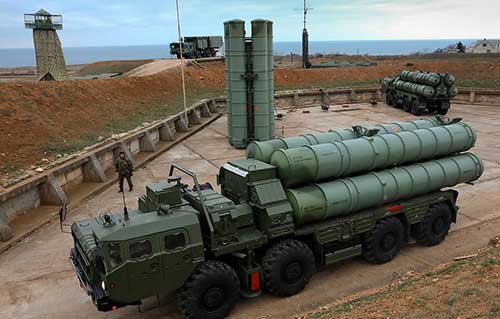


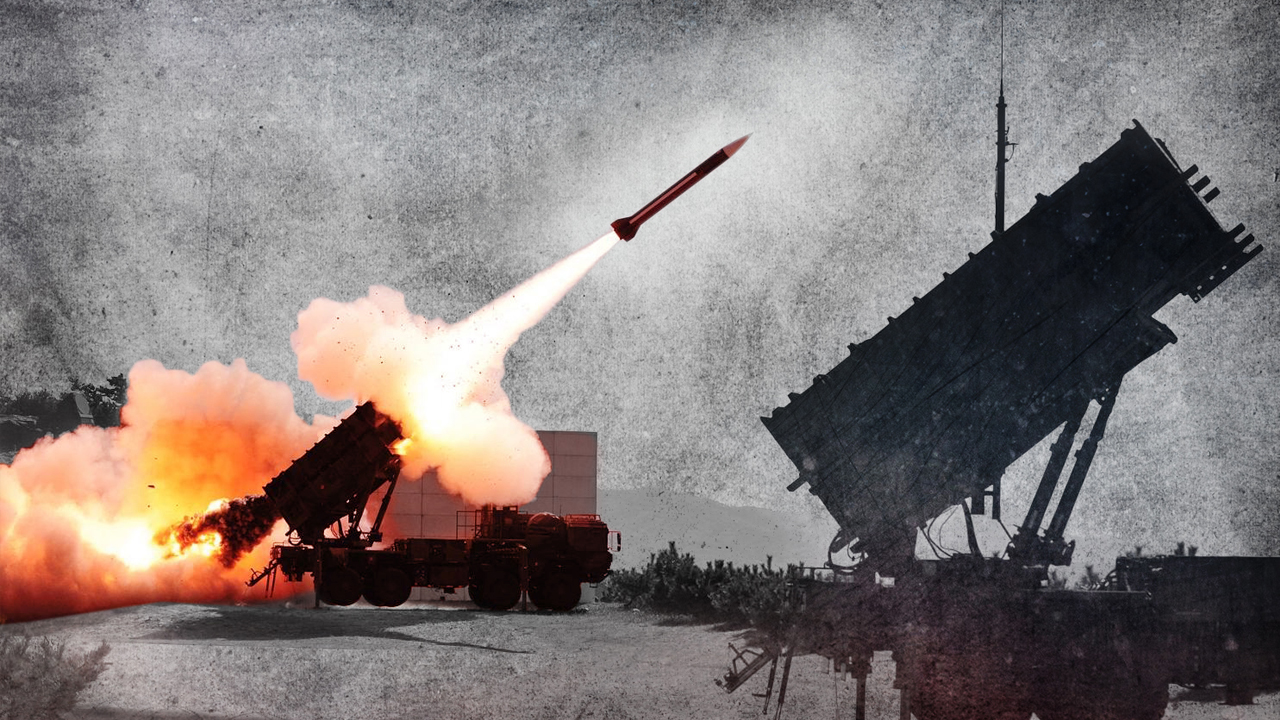
 southfront.org
southfront.org
In Video: Russian Su-24 Warplane Avoids Two Ground-To-Air Missiles Over Greater Idlib
On February 20, a Su-24 warplane of the Russian Aerospace Forces (VKS) avoided at least two anti-aircraft missiles while it was providing Syrian Arab Army (SAA) troops in southern Idlib with a close air support.
Halab Today, a pro-opposition new channel, released a video showing the Russian warplane dodging one of the two missiles by maneuvering and releasing jamming flares.
Syrian activists claimed that the missile was a man-portable air-defense system (MANPADs) launched from a Turkish observation post in the town of Qaminas in southern Idlib. These claims have not been verified yet.
Several Syrian and Russian airstrikes targeted the Turkish “observation post” in Qaminas, killing two Turkish soldiers and injuring others.
The incident took place during a Turkish-led attack on Syrian Arab Army (SAA) positions in southern Idlib. Russian Su-24 warplanes provided the army with close air support, allowing it to repel the attack within a few hours. The Russian airstrikes destroyed twelve vehicles of the attackers.
Earlier this month, two helicopters of the Syrian Arab Air Force (SyAAF) were shot down over Greater Idlib. While Syrian militants claimed responsibility for both incidents, some observers believe that it was the Turkish military that targeted the helicopters.
Боевик, взятый в плен под Алеппо, рассказал об изготовлении химического оружия (ВИДЕО)The HTSH militant group, captured during the operation to liberate the Aleppo district of Rashidin-4, spoke about how he fought with the legitimate Syrian government.
Walid Ahmad al-Ali Valdat rasmiya was detained on February 3, 2020. The report of the militant's interrogation was provided to Russian Spring by a military source.
Question 1: what is Your name, place, and date of birth?
- My name is Walid Ahmad al-Ali Waldat rasmiya, I was born in HOMS, tel Tahab, in 1993.
Question 2: What are your reasons for joining a terrorist group?
"I joined the terrorists for money and a monthly salary.
Question 3: Since the beginning of Your activity (Hayat Tahrir al-sham-former Jabhat al-Nusra*), what was the nature of Your work?
- At the very beginning of the events, I went to rallies against the Syrian government. In 2014, I joined the ranks of Hayat Tahrir al-sham. I was armed with a machine gun, my task was to provide communication (approx. interpreter: in terms of cooperation, etc.) on the fronts in HOMS in the districts (Alu - Amreya - Tasnin - Salamiyah) and in other areas. I was engaged in this activity until 2018. When the Syrian government began to settle relations with the armed groups, Hayat Tahrir al-sham refused to participate in this process and began to withdraw from the areas and relocated to Idlib.
Question 4: Where did You get the necessary training and who is responsible for the training camps? What is his nationality?
- In 2018, we relocated to Idlib, to Murek, and then To harsch Masibin, and then to harsch Batnita, then to al-Hamama (on the coast), where we were trained (in military and sports terms) under the command of two Turkish instructors (coaches). One of them is Poison Abu al-Iman, the name of the second coach I don't know. After completing the short-term courses, we started a 10-day refresher course, and after completing it, I returned to my previous work on organizing interaction at the front in Idlib.
Question 5: Since you started working with the so-called (Hayat Tahrir al-sham-former Jabhat al-Nusra), what was the nature of Your activities and did You take part in the fighting against the Syrian Army?
- My task was to organize interaction at the front. During my stay in Idlib, Hayat Tahrir al-sham started manufacturing chemicals (Sarin) to attack the village of Qafr Batykh, in order to later accuse the Syrian Army of using chemical substances against the civilian population.
Question 6: How did Your detention happen and what orders did You receive during the shootings with the Syrian Arab Army?
- My detention occurred at the time when I was performing the task assigned to me (organization of communications) in tel Hatra in Idlib. I was detained by members of the Syrian Arab Army. The order was to relocate to the nearest Turkish positions in the event of a retreat and subsequently move to areas controlled by Hayat Tahrir al-sham.
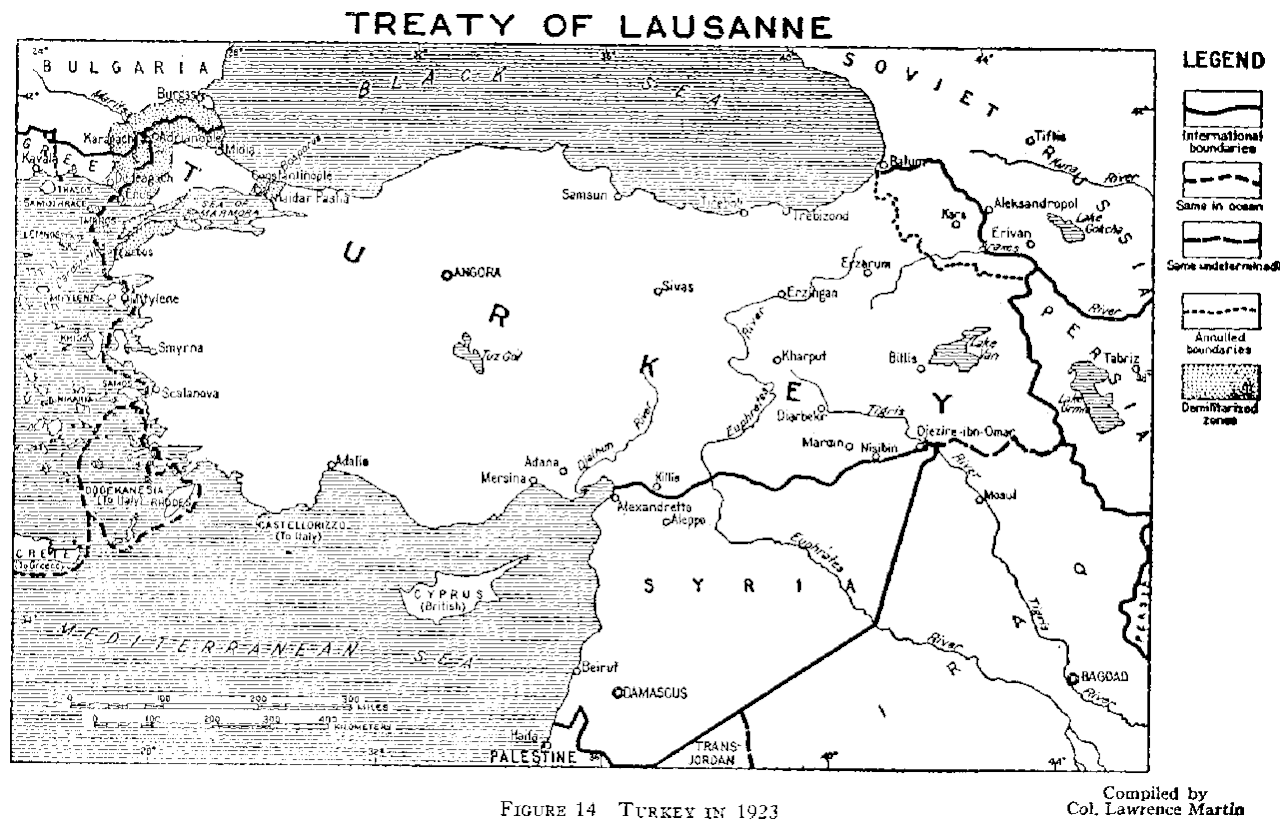
The Hatay region, located on the coast north of Latakia, was originally a part of Syria according to the French Mandate for Syria and the Lebanon, a League of Nations mandate after the First World War, but Turkey showed interest in the area and its large Turkish-speaking community. In 1936, the Turkish government began to push for Hatay’s “reunification” with Turkey. The French decision to hand it over to Ankara three years later came in tandem with a Turkish-French treaty guaranteeing Turkish “friendship” during the Second World War. It was a blunt violation of the Treaty of Lausanne that partitioned the former Ottoman Empire and the text of the French mandate, both written in 1923, but the move was defended by France before the League of Nations as necessary in order to avoid a Turkish attack on Syria. [...]
After independence, the country staunchly refused to recognize the border that now separated Hatay from Syria. Official Syrian maps continued to include Hatay as part of the country’s national territory. But at the same time, public discussion of the matter was discouraged, and Syrian governments rarely raised the issue openly for fear of provoking new conflicts with Turkey. The Hatay issue therefore remained largely unknown to the international community, but it didn’t go away. [...]
As relations improved, Syrian officials took care to signal that while the Hatay issue had not been solved, it was also not a priority and would not be allowed to stand in the way of prospering bilateral relations.
The eventual solution was somewhat original. Instead of formally and openly recognizing the border separating Hatay from Syria, the border was to be blurred and thereby lose its importance. A free-trade area was established on the border, and a shared Syria-Turkey Friendship Dam was to be constructed on the Orontes River, which runs through from Syria into the Hatay area. While Syria had long refused to include the Orontes in Syrian-Turkish negotiations on water allocations on the grounds that it was not an international river—a clear rejection of the border separating Hatay from Syria, across which the river flows—Damascus finally agreed to specify national jurisdiction on both sides of the dam. It thereby effectively, albeit indirectly, recognized Turkish sovereignty over Hatay.
But only weeks after groundbreaking ceremonies for the construction of the dam were held in Hatay and Idlib in February 2011, the Syrian uprising erupted, bilateral relations hit an all-time low, and construction of the Friendship Dam was halted.

The vehicle carrying the camera drives alongside the Russians before squeezing in between them and the Americans to allow oncoming traffic to pass. The individuals filming the scene then begin to pass the U.S. military vehicles on the left.
It's not entirely clear why, but the Russian Tigr also makes to pass the Americans on the right at the same time, deliberately going offroad, and then wedges itself between the American M-ATV and the MaxxPro vehicles. The crew of the M-ATV responds by first attempting to block the Russians from passing any further and then drives them off the road. The two vehicles appear to actually hit each other at one point.
A civilian bystander on the roadside is seen leaping out of the way of the Tigr just in time. The Russian and American vehicles then come to a stop as the vehicle carrying the camera drives by.
Incidents between U.S. and Russian forces in northeastern Syria have been increasingly common for weeks now, though they have typically involved American troops block the movement of Russia's forces. There have been some reports of more physical altercations, including a fistfight in January.
This does appear to be the first known incident of Russian and American convoys actually duking it out on Syria's roadways,
which points to a serious escalation in tensions. It's in some ways reminiscent of a spate of aggressive altercations between Russia's combat jets and American planes in the skies over the country that seemed to subside two years ago. U.S. and Russian aircraft, as well as naval vessels, have had similar encounters elsewhere in the world since then, as well.
Russia's forces have been patrolling in the area, which was previously ostensibly under the control of U.S. forces and their local, predominantly Kurdish partners, since October 2019. Russia cut a deal that month with Turkey to move into the area following the start of a Turkish military intervention aimed at ejecting U.S.-backed Kurdish forces from a buffer zone along the Turkish-Syrian border.
The Kremlin also claims that its troops were directly responsible for resolving the violent incident in the village of Khirbet Ammu, to the east of Qamishli, last week. The exact role Russian forces played in that incident remains unclear and video reportedly showing a Russian military policeman extolling the civilian mob to shout anti-American and pro-Assad slogans has since emerged online.
This new road rage incident is exactly the kind of worrying interaction that the War Zone has repeatedly warned in the past could lead to a sudden escalation in tensions between various actors in Syria.
'Turkey and Russia are negotiating for further negotiations.'
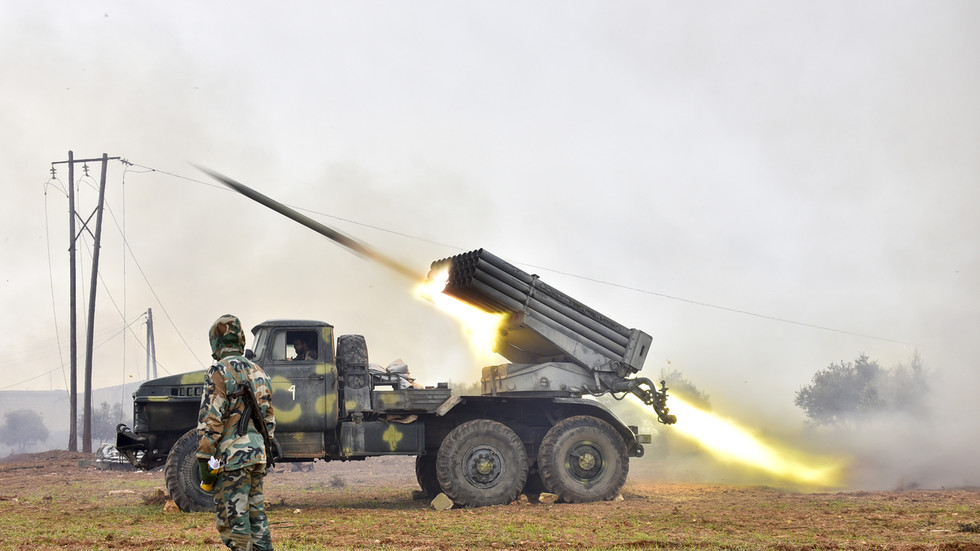
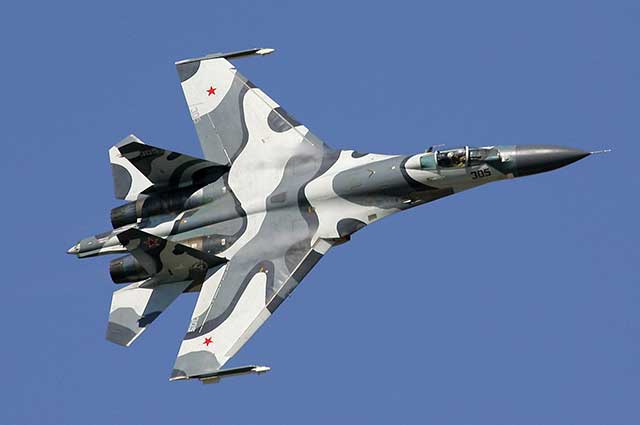
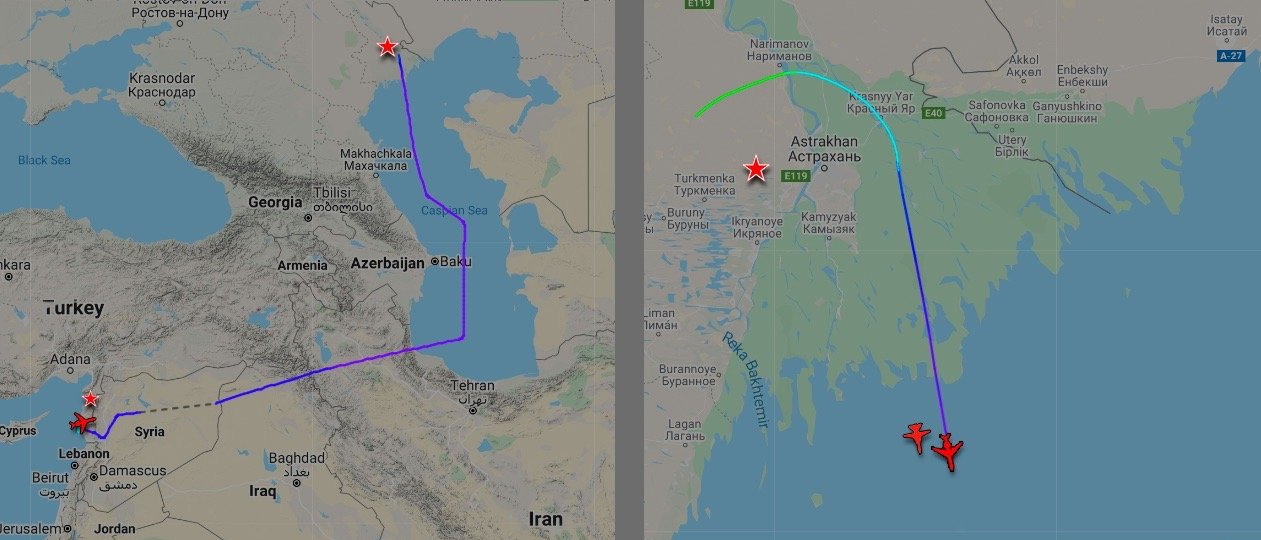
 southfront.org
southfront.org
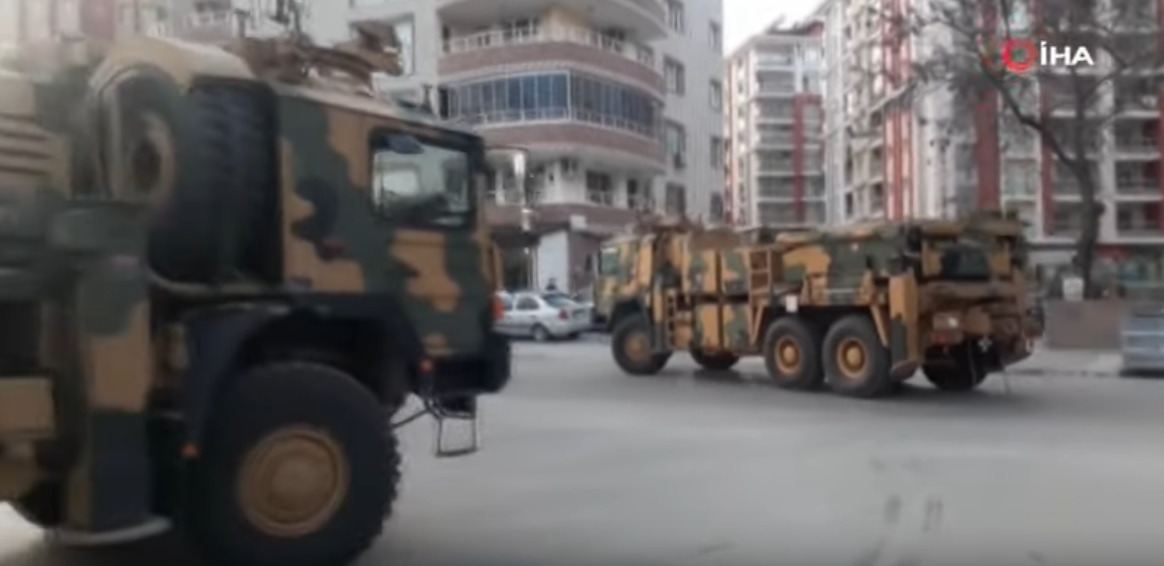
 southfront.org
southfront.org
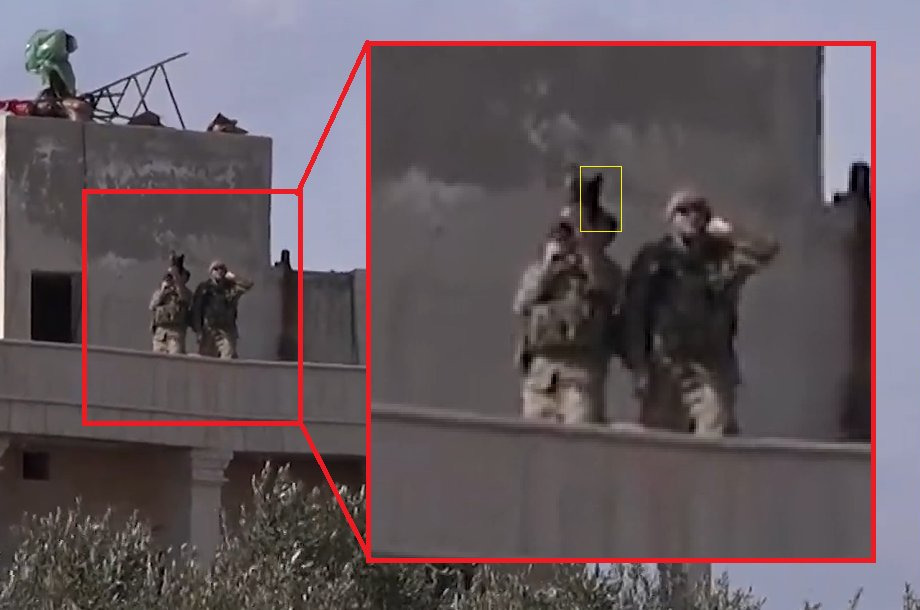
 southfront.org
southfront.org
Weird to see it coalesce. Very Deep State MO: first they always hold some exercise usually in cities, where they plan a mass shooting -, so then nobody knows if the subsequent real mass shooting happening is still an exercise or not. Then the real attack begins in the resulting confusion and warnings usually come too late:Turkish defeat, nuke warning (Thursday 20 Feb at 4:47 PM)
US Defense Secretary Mark Esper played himself in a drill at the US Strategic Command HQ in Nebraska, which featured a bizarre scenario of America nuking Russia in response to its own nuclear strike against a ‘NATO ally’.
All hands are on deck - the Russian Foreign Ministry, the Russian Defense Minister and President Putin working towards the ending of a Syrian-nine-year-War. The only one's keeping the War in Syria alive is Turkey, U.S. and Israel. Their time and energy would be better served by addressing adversity and neglected problems in their own homelands? They offer their citizen's NOTHING by financing War activities in another Country - that is not interfering with them.
Delivering more guns and ammo to paid terrorist in not Humanitarian Aid - no matter - what Border is crossed?
'Humanitarian aid.'
Backed by the Turkish military, the National Liberation Front (NLF) and their jihadist allies began their attack on Monday by storming the Syrian Arab Army’s (SAA) defenses west of Nayrab.
According to preliminary reports from this front, the Turkish military is shelling the Syrian Army’s defenses around Nayrab, prompting the latter to respond with their own barrage of artillery in eastern Idlib.

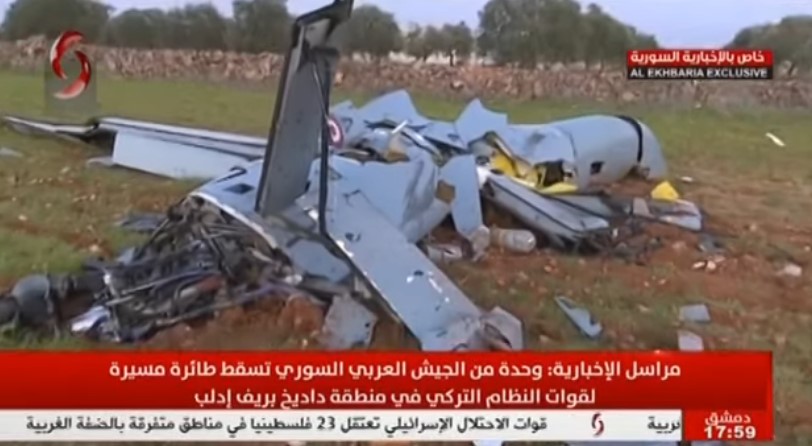
 southfront.org
southfront.org
